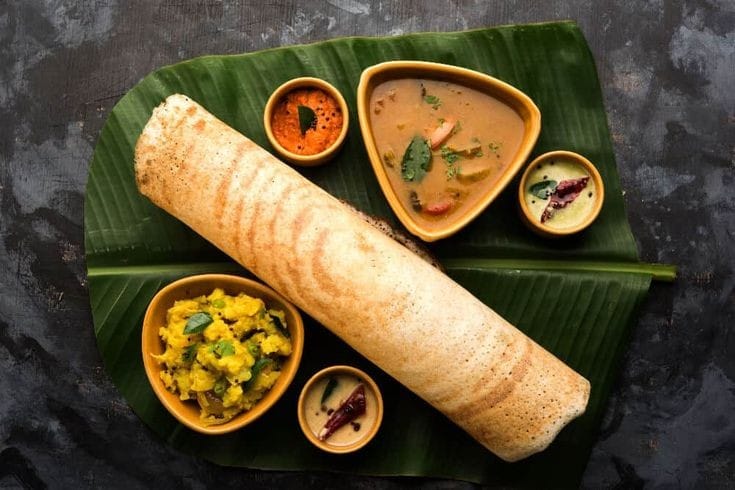
Inflation in India showed signs of moderation in August, easing to 6.83% on an annual basis, following a notable surge to 7.4% in July, as per government data released on Tuesday. This decline, primarily driven by food prices, comes as a relief after concerns expressed by the Reserve Bank of India (RBI) and government officials regarding persistently high inflation levels. Despite ongoing efforts to stabilize prices, S&P Global Ratings predicts that inflation will remain elevated in the near term.
The data revealed that retail inflation in India subsided to 6.83% in August, marking a noteworthy reduction from the 15-month high of 7.4% recorded in July. Analysts had initially expected inflation to remain high in September, largely due to the upward trajectory in cereal prices. Notably, food price inflation, a key contributor to overall inflation, registered at 9.94%, down from 11.51% in July 2023. The figures for inflation in rural and urban areas stood at 7.02% and 6.59%, respectively. Additionally, the Consumer Food Price Index (CFPI) witnessed an increase to 9.67% in rural areas and 10.42% in urban areas.
Core CPI (Consumer Price Index) inflation for August stood at 4.8%, slightly lower than the 4.9% recorded in July. Contrary to expectations, a Reuters poll had pegged the inflation rate at 7%.
India experienced a significant uptick in retail inflation in July, with the rate reaching a 15-month high of 7.4%. This spike was primarily attributed to a surge in food prices driven by seasonal fluctuations. Notably, food inflation, led by soaring vegetable prices, climbed to an over three-year high of 11.5% in July, consequently propelling headline inflation to 7.44%.
Members of the Monetary Policy Committee (MPC), including Jayanth Varma, have emphasized the urgency of bringing inflation within the RBI’s comfort range. Varma mentioned in an interview that it was more critical to achieve this goal than to meet the mandated medium-term target set by the central bank.
RBI Governor Shaktikanta Das echoed this sentiment, expressing expectations of a moderation in inflation starting from September. He pointed out that tomato prices had already started to decline, and retail prices of other vegetables were also anticipated to decrease during this month. Additionally, the government had implemented measures to ensure the availability of essential items at affordable prices, including tomatoes.
S&P Global Ratings Economist (Asia Pacific) Vishrut Rana indicated that inflation in India is likely to remain elevated in the near term. However, he noted that government policies would prevent it from rising further. Rana emphasized the importance of this situation, highlighting its potential impact on grain prices in India in the coming months.
In response to the inflation concerns, the government has taken specific measures, such as imposing export restrictions on rice and levying a 40% export duty on onions. These actions were aimed at maintaining sufficient stock levels in the local market in preparation for the festive season.
Regarding specific commodities, tomato prices, which had witnessed a sharp increase in July, began to cool down in late August.
Dharmakirti Joshi, Chief Economist at CRISIL, analyzed the August inflation figures, noting that the primary driver behind the 6.8% inflation rate was food. While fuel and core inflation remained relatively soft, food inflation played a crucial role in the overall inflation rate. Excluding food, the headline inflation was recorded at 4.8% in August, unchanged from the previous month. Joshi expects headline consumer inflation to decrease in September, primarily due to significant corrections in vegetable prices, particularly tomatoes. However, he cautioned that cereals and pulses remain a concern due to deficient monsoons and reduced sowing.
Joshi anticipates that the Reserve Bank of India (RBI) will maintain its current policy stance and interest rates in the October meeting, considering the recent inflation trends. Nevertheless, he highlighted food inflation as a key monitorable, as sustained high food prices could spill over to other components and push the headline CPI inflation above the RBI’s target. This could potentially constrain monetary policy, as central banks typically respond to generalized inflation.
Debopam Chaudhuri, Chief Economist at Piramal Enterprises, also stressed the importance of food price volatility, especially as climate change intensifies. Chaudhuri suggested that Indian monetary policy should account for higher food price fluctuations in the coming years.
In conclusion, the latest data showing a moderation in India’s retail inflation to 6.83% in August, following July’s surge to 7.4%, offers some respite amid concerns about rising prices. Food prices, which were a significant driver of inflation, are expected to play a crucial role in the near-term inflation outlook. The government has implemented measures to stabilize food prices, and policymakers will closely monitor inflation trends as they consider their monetary policy stance.










